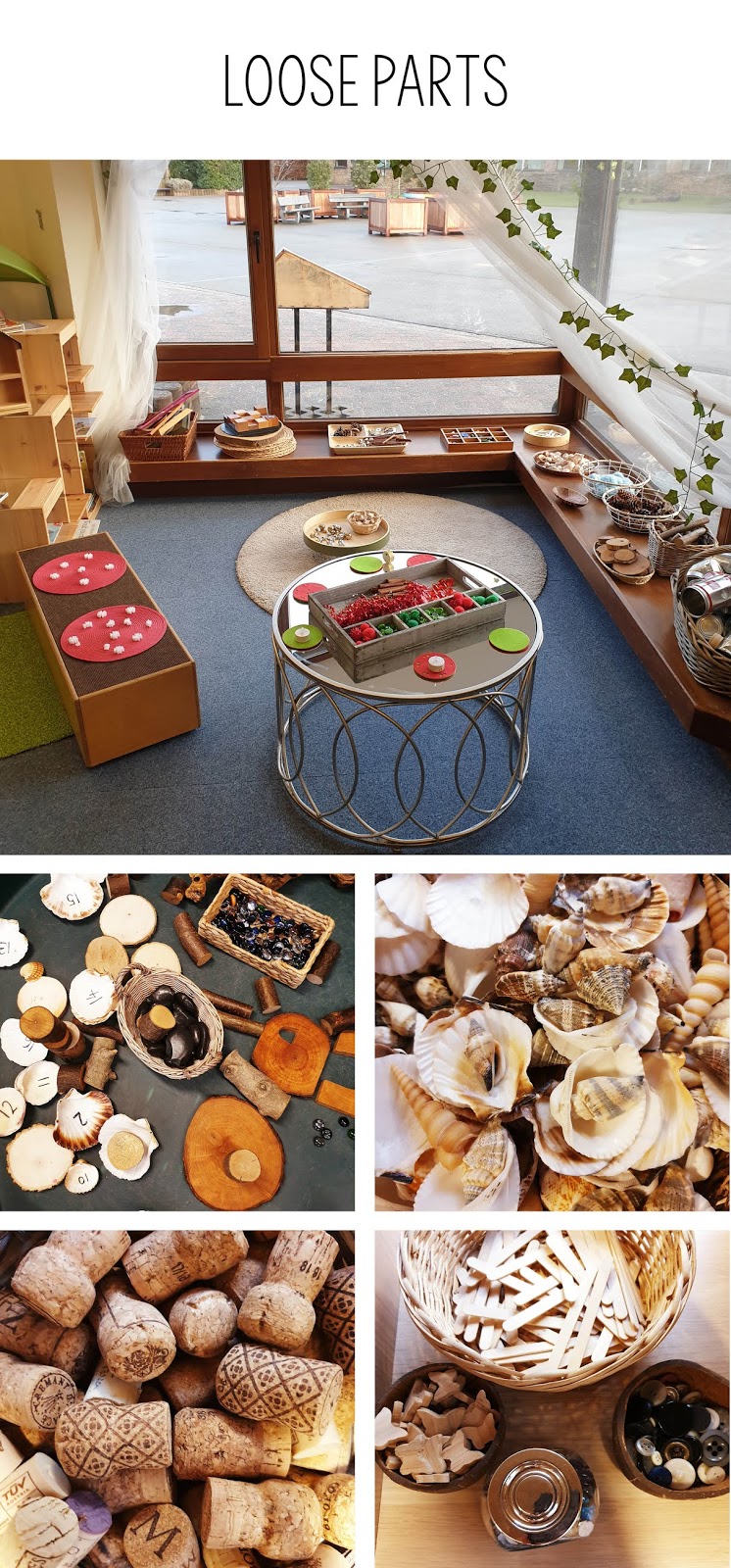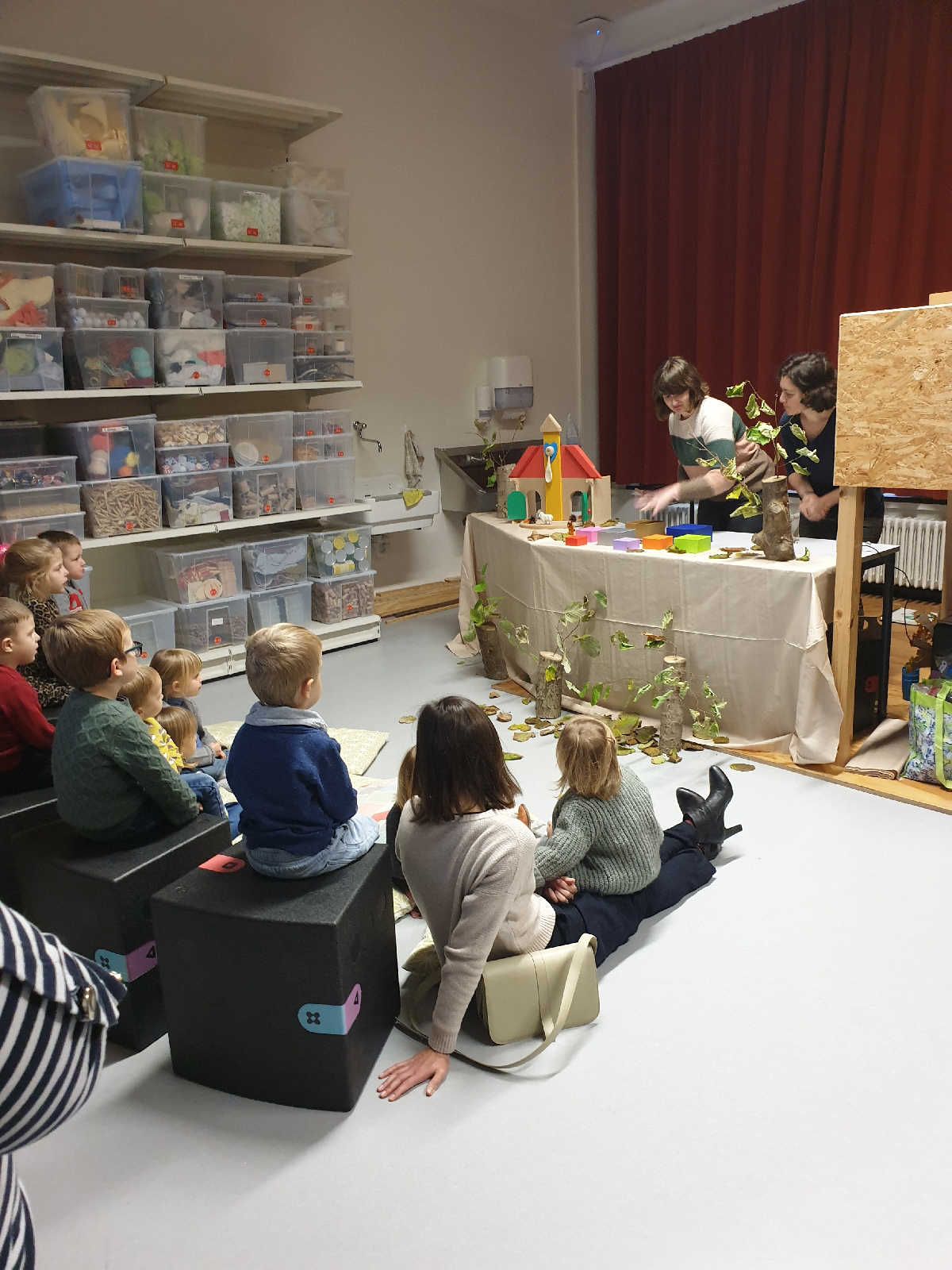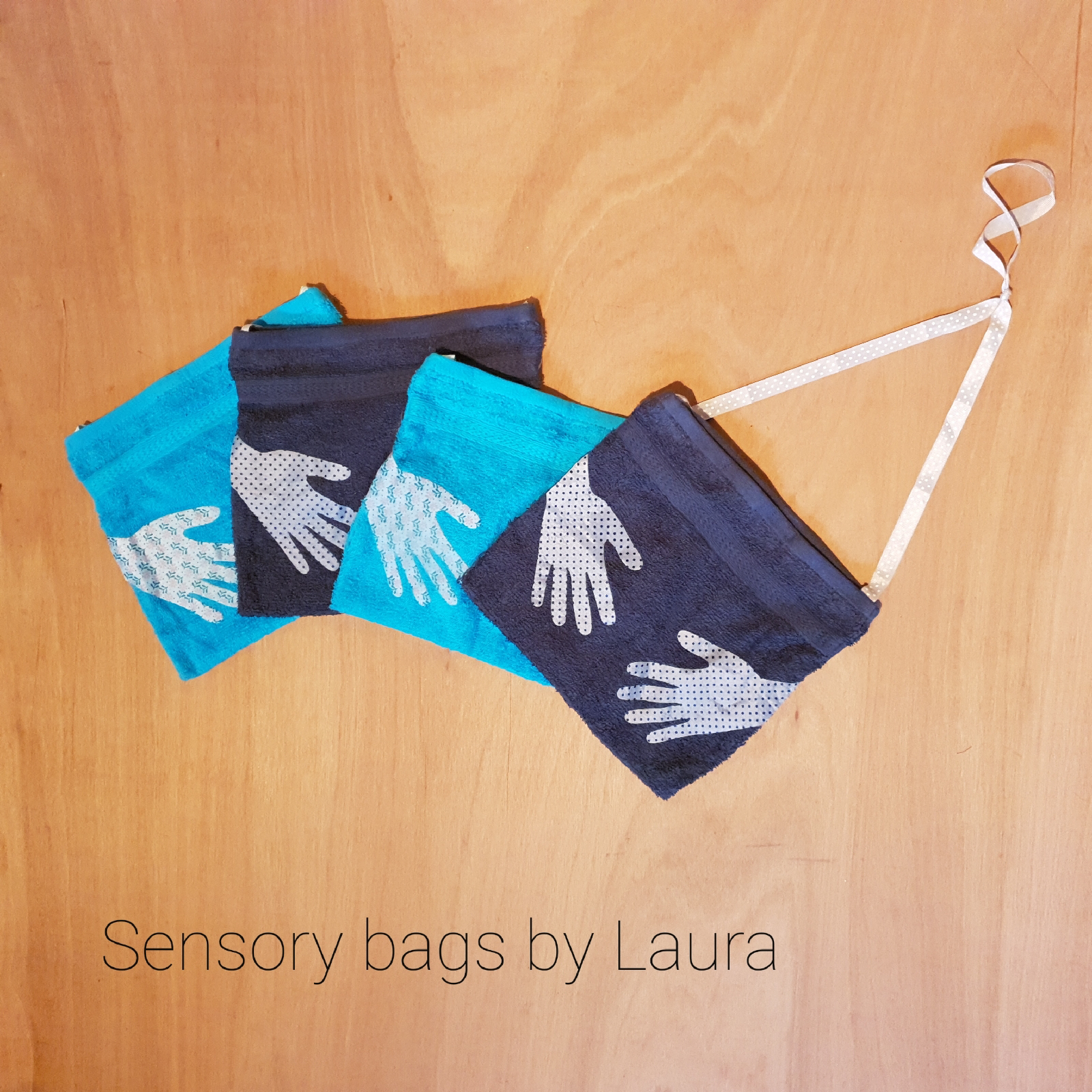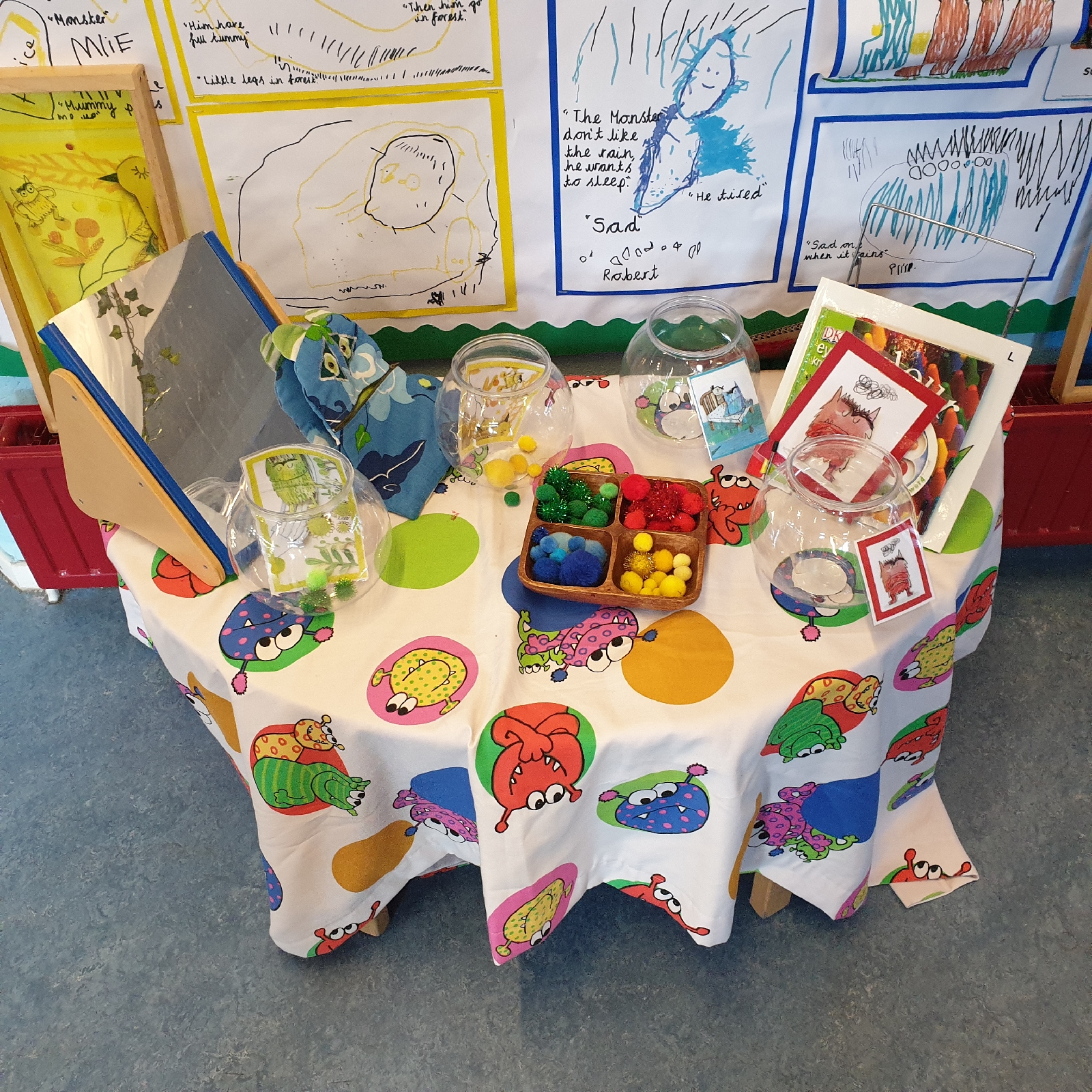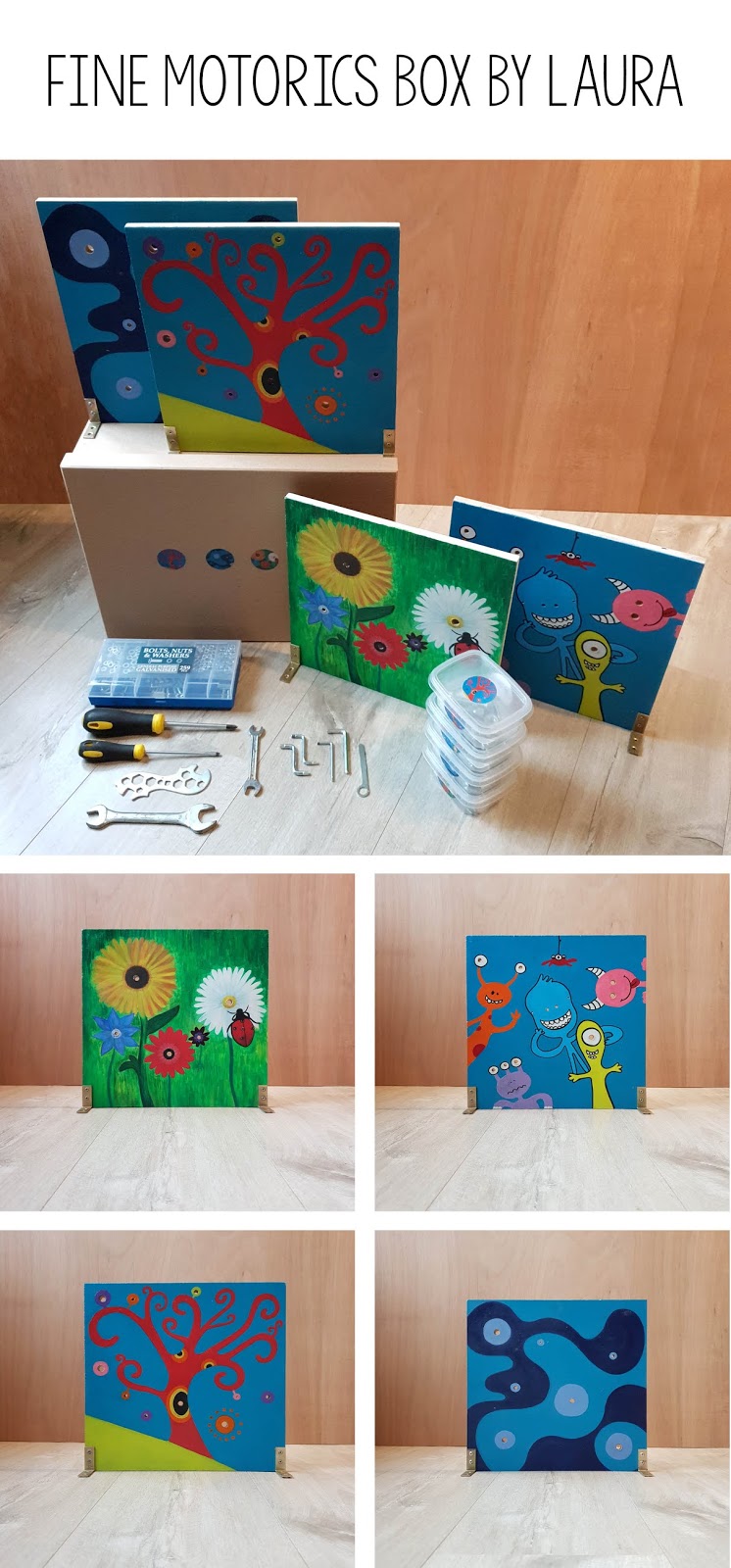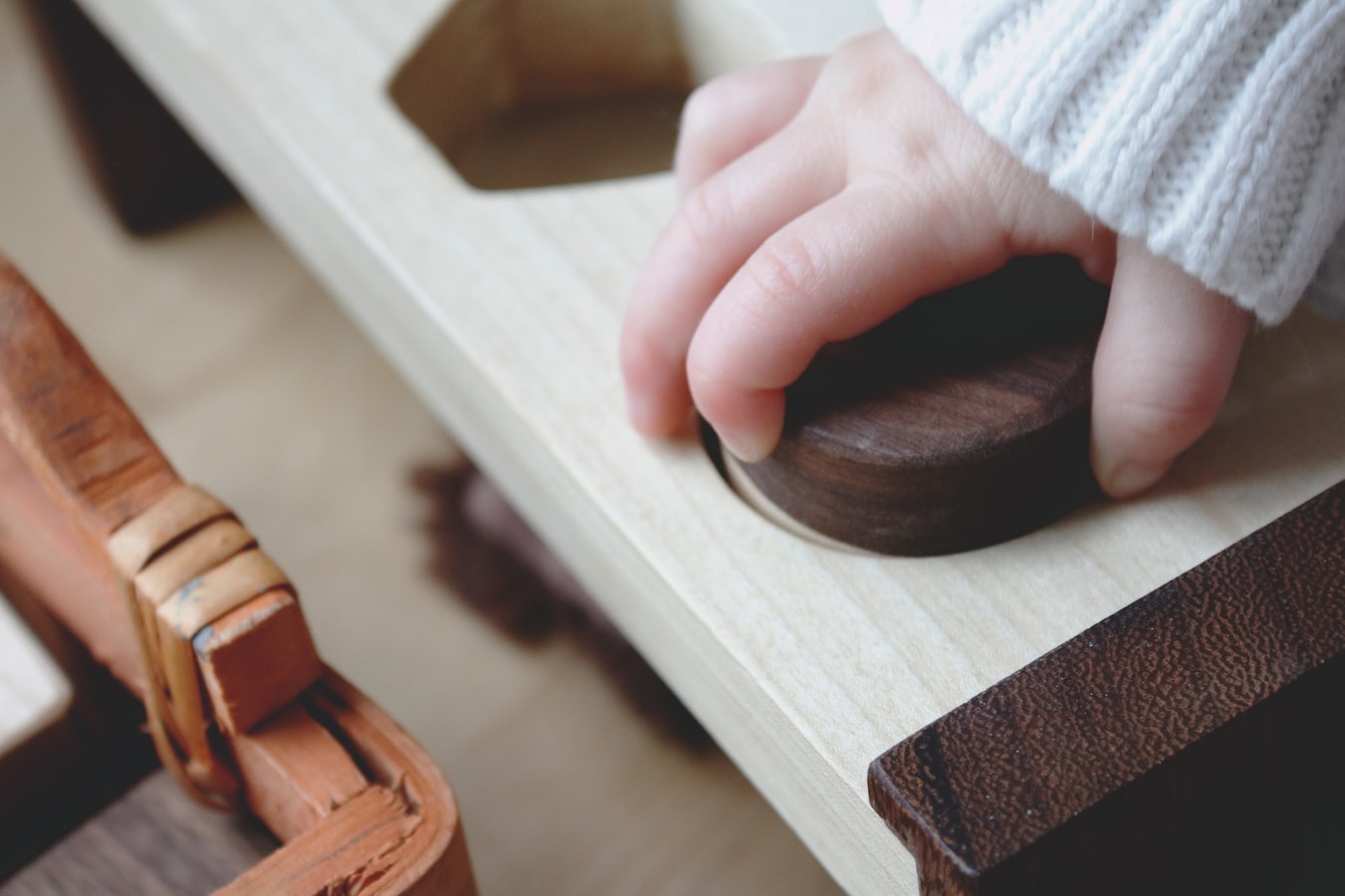How to include robotics and programming in STEAM for toddlers
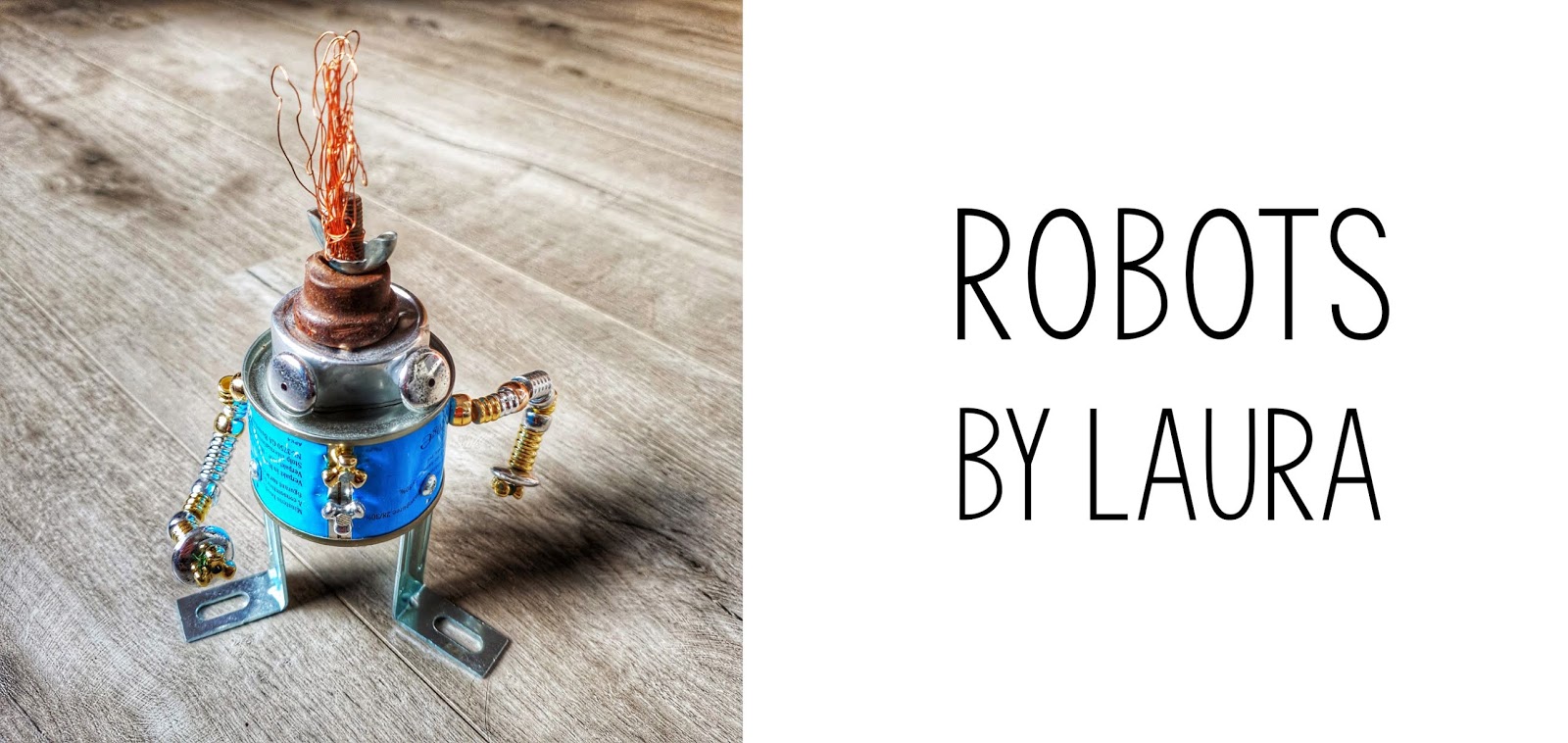
What is STEAM? STEAM stand for Science, Technology, Engineering Art and Mathematics. It is mainly focused on the integration of mathematics, science and technology. This topic includes so many wonderful starter points. You are more working around steam then you sometimes realize. In this blog post I will explain more about robotics and how they include in steam. ROBOTS in the classroom YES or NO? When you read ROBOTS what are the first things you think about? Robots are not only the play toys that children have at home. Your radio is a robot your TV, vacuum cleaner, car, washing machine, ... all things that are designed to help us to make things easier. Think about people that have a knew robotic arm or leg. When you work around robots in your class, I think it is important to include and tell about those things too, there will be more then I just named. In my opinion working with robots is something that you almost can not avoid anymore in the classroom.
